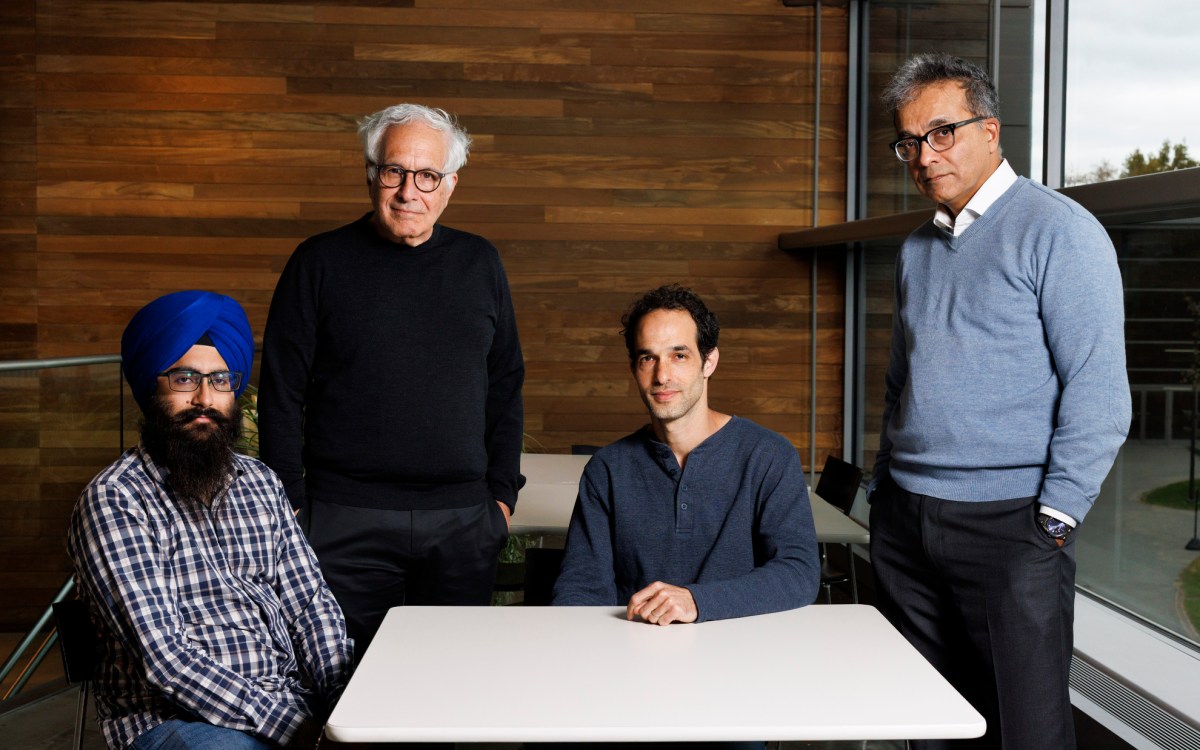Direct-to-consumer advertising of prescription drugs grows rapidly
But remains a small share of promotional efforts
In the first analysis of patterns of direct-to-consumer advertising before and after 1997 guidelines issued by the Food and Drug Administration, researchers at the Harvard School of Public Health, Harvard Medical School and the Sloan School of Management at MIT have found that such advertising increased three-fold between 1996 and 2000. Still, direct-to-consumer advertising accounted for only 15 percent of drug promotion by pharmaceutical companies and was highly concentrated among a small group of products. Personal visits by pharmaceutical company representatives to office and hospital-based physicians, free samples left with physicians and advertising in medical journals accounted for more than 80 percent of promotional spending. The study, “Promotion of Prescription Drugs to Consumers: A Look at the Numbers,” was led by Meredith B. Rosenthal, assistant professor of health economics and policy in the Department of Health Policy and Management at the Harvard School of Public Health. The study appeared in the Feb.14, 2002 issue of The New England Journal of Medicine. Financial support for the research was provided by the Henry J. Kaiser Family Foundation.





